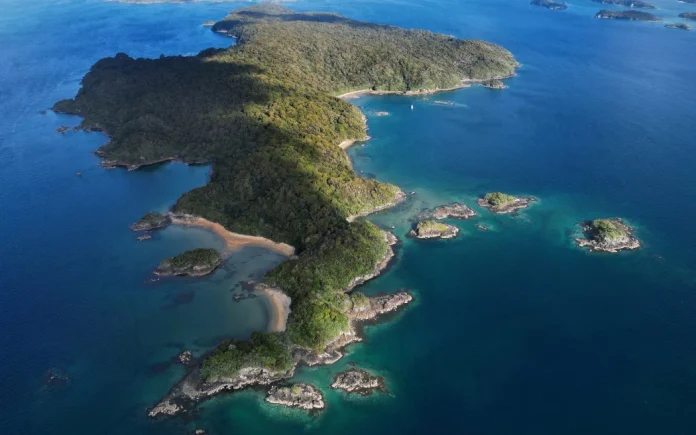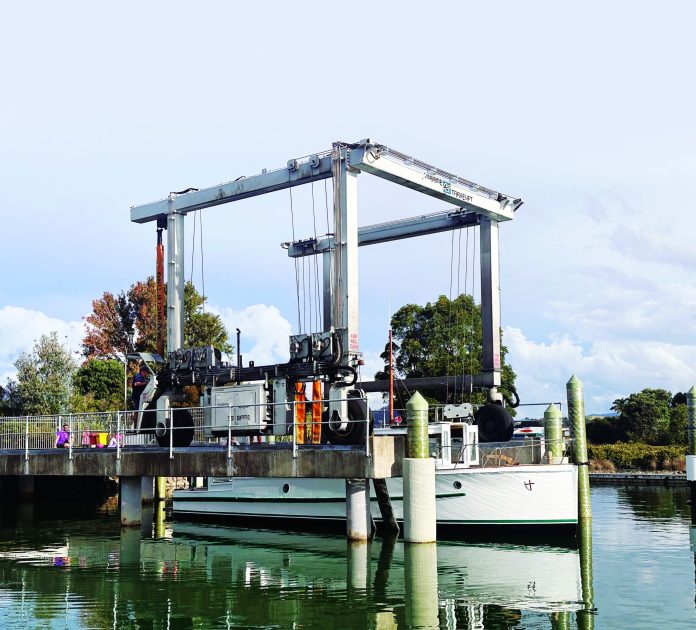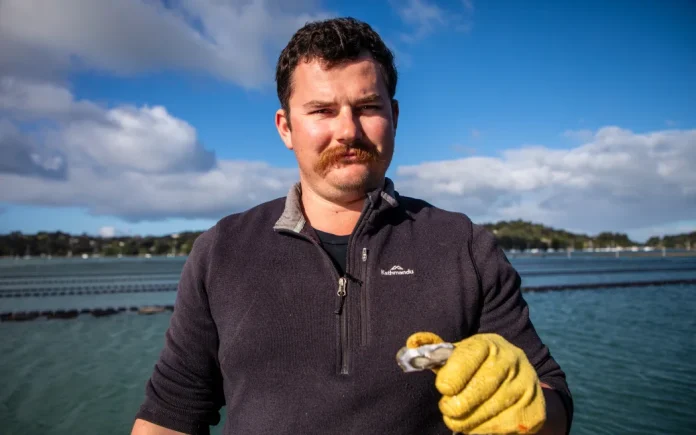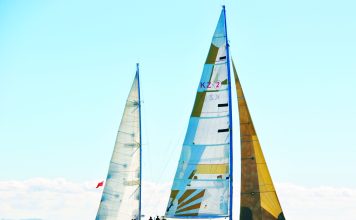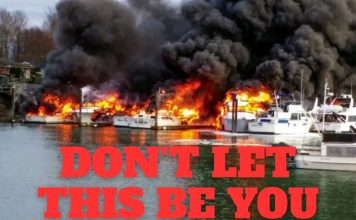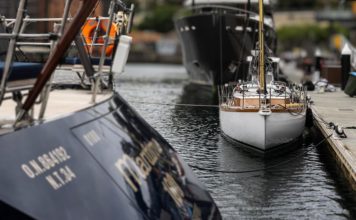Today is World Ocean Day, and this year Boating New Zealand adopted the theme “The Oceans That Connect;” a reminder that the sea is more than a backdrop to our boating lives. It’s a vast, moving network that links everything—people, countries, fish, climate—and yes, even those of us in a launch off the coast of Tauranga or tucked into a quiet cove in Fiordland.
It is almost poetic: anyone who has sat quietly on their boat as the sun drops below the horizon, engine off, just the tide moving beneath the hull, knows the feeling. Out there, away from the shoreline, it’s easy to forget borders and noise. You become part of something much larger—something that doesn’t need explaining. The ocean connects places, people, and seasons in ways charts can’t show. And if you’ve felt it, even once, you’ll understand why it’s worth paying attention to what lies beyond the bow.

One ocean, many roads
The charts we use are full of names—Tasman, South Pacific, Southern Ocean—but the sea doesn’t see borders. It flows where it will.
Off the west coast of New Zealand, the Tasman Outflow carries water down and west into the Indian Ocean. It’s part of a global current system linking all the major oceans. Scientists call it a supergyre. It shifts heat, nutrients, and marine life around the world, and it plays a big role in how the ocean behaves, even thousands of kilometres from where you’re fishing or cruising.

That means what happens in one part of the world can end up affecting ours. And the choices we make here don’t just stay local—they ripple outward.
For practical boat users, that’s more than just an academic idea. It’s about what species show up in our waters, how fish stocks behave, how storm systems track, and how much trust we can place in a changing sea.
Following the giants
Humpback whales that pass our coastline each year are part of one of the longest migration routes on Earth. From Antarctica to Tonga and back again, they travel through New Zealand waters with barely a pause. These species connect multiple countries, ecosystems and cultures. They’re a living reminder that the ocean is shared, and if we want to keep seeing these migrations in years to come, it’ll take some joined-up thinking.

Live Ocean—founded by sailors Peter Burling and Blair Tuke—is helping lead that thinking. They’re backing a range of marine projects here in Aotearoa that focus on migratory species and the ecosystems they rely on. And they’re doing it by supporting practical, science-driven work on the water.
Manta rays and moving data
Up north, oceanic manta rays are being spotted more often. These massive, elegant fish—called te whai rahi in te reo Māori—have long been a mystery in New Zealand waters. Where do they go? Why are they here? What do they need?

Live Ocean has teamed up with researchers to tag and track these mantas. The aim is to learn where they move and why, and to build a clearer picture of how New Zealand fits into their wider migratory routes across the Pacific.
It’s another example of how understanding connection—between regions, between species—helps us make sense of our own waters. If a species turns up on your sounder or off your bow, it’s likely travelled far to get there.
Boaters as observers
In another project, called Citizens of the Sea, bluewater cruisers are being enlisted to help fill the scientific gaps. Armed with basic kits and simple instructions, sailors crossing the Pacific or making offshore deliveries are collecting valuable samples and observations for marine researchers. It’s a smart idea: we already have every day people on their vessels (The World’s Toughest Row, Vendèe Globe, Island Cruising NZ, to name a few) going where scientists can’t afford to. Why not make use of that reach? Just a sense of curiosity and the knowledge that what you observe out there might help shape someone else’s understanding of the ocean.
What it means for us
You don’t have to call yourself an environmentalist to care about this stuff. If you like having clean anchorages, decent fishing, reliable forecasts, and the ability to head offshore without crossing your fingers—you’re already someone who benefits from a well-understood and well-managed ocean.
Keep using it, keep knowing it
Live Ocean’s approach is refreshingly straightforward. Support good science. Share useful data. Connect the dots. No drama, no guilt-tripping. Just the recognition that if we want to keep using the ocean the way we do, it makes sense to understand it better.
“There’s no time to wait. … Everything is so connected. We have to work together, and for me, it’s especially important as a New Zealander because we are surrounded by ocean. We love it. We use its resources, and I believe we can lead the world in protecting and restoring the health of our ocean.”—Peter Burling, speaking about the founding of Live Ocean
Projects to know about
- Te Whai Rahi – tagging and tracking manta rays in NZ waters
- Citizens of the Sea – involving long-distance cruisers in collecting marine data
- New Tech for a Prickly Problem – high resolution 3D models used to monitor the impact of long-spined sea urchin taking over key ecosystems in the north of New Zealand
- Understanding Kelp and Carbon – It’s possible the ocean’s kelp forests have unrealised potential which could prove hugely valuable in the global push to reduce carbon in the earth’s atmosphere, but there’s a piece of the kelp puzzle that needs solving.
- Voyages of the Tohorā – Southern right whales are now facing a new threat: the changing climate. Research from the the world’s first global circumpolar study is being use to aid decison making and policy.
Find out more at https://liveocean.org/projects.
REFERENCE
Watchanista














